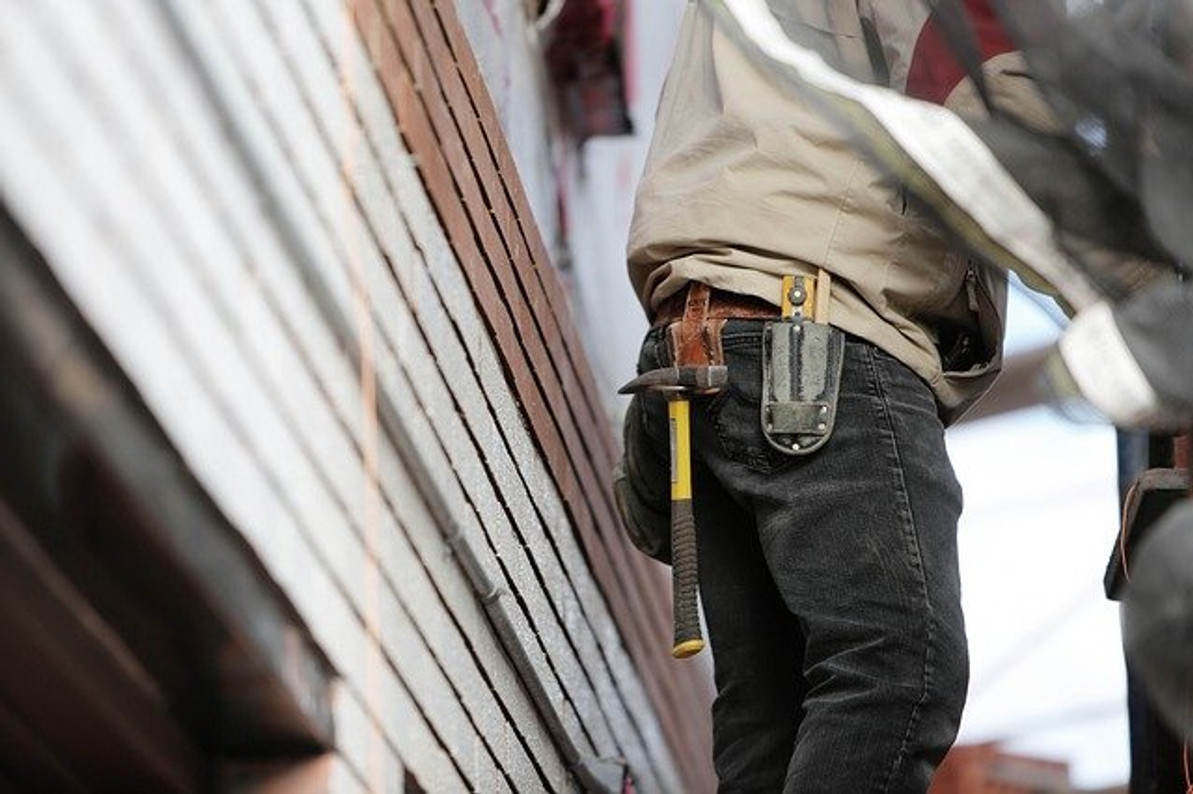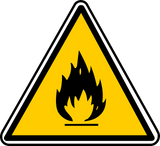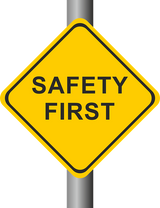How to Protect Against Overexertion Injuries in the Workplace
Does your job involve manual labor? If so, you could be at risk for overexertion injuries. According to the National Safety Council (NSC), overexertion injuries account for nearly one-third of all nonfatal injuries that require workers to take time off from their jobs.
What Are Overexertion Injuries?
Overexertion injuries are defined as physical injuries in which your body exceeds its limits. Most of them involve muscle sprains and joint strains. Your muscles and joints can only handle so much force. If you overexert yourself while working, you may develop a muscle sprain or a joint strain. A muscle sprain is essentially a pulled muscle, whereas a joint sprain is the overstretching of ligament tissue within a joint. Regardless, they are two of the most common types of overexertion injuries.
Lift By Squatting
To protect against overexertion injuries in the workplace, you must perfect your lifting posture. Many jobs require lifting. Maybe you regularly lift materials, or perhaps you can lift inventory. When lifting items such as these, try to get into the habit of squatting rather than bending your back. Bending your back will place you at a greater risk for overexertion injuries. Each time you bend your back to lift an item, the muscles and joints in your body will be exposed to stress. Squatting is a more ergonomic lifting posture that will minimize your risk of overexertion injuries.
Ask for Help
Whether you're lifting or simply carrying an item, don't be afraid to ask for help. Some items may simply be too heavy for you to lift or carry alone -- at least not without placing yourself at risk for injury. If an item is too heavy, performing a solo lift could result in an overexertion injury. With an extra set of hands, you'll be able to quickly and safely handle heavy objects in your workplace.
Take Breaks
Another tip to protect against overexertion injuries is to take breaks. After all, overexertion injuries are caused by prolonged periods of strenuous physical activities, including manual labor. Whether you work indoors or outdoors, taking breaks can protect you from overexertion injuries.
Improve Ergonomics
Improving the ergonomics of your workplace can lower your risk of overexertion injuries. Ergonomics refers to designing your workplace so that it meets your body's physical needs. With an ergonomic workplace, your body will be exposed to less physical stress. In turn, you'll be able to faster and more efficiently, all while minimizing your risk of overexertion injuries.
Recent Posts
-
Fire Safety in the Workplace: What You Need to Know
What steps are you taking to prevent fires in your workplace? According to the U.S. Occupational Saf …Aug 23rd 2023 -
Is It Safe to Go Jogging With a Cold Infection?
If you're suffering from a cold infection, you might be wondering whether it's safe to go jogging. T …Aug 22nd 2023 -
5 Safety Tips to Follow When Using a Powder-Actuated Tool
Powder-actuated tools are commonly used to join materials to steel and concrete. Also known as Hilti …Aug 20th 2023




